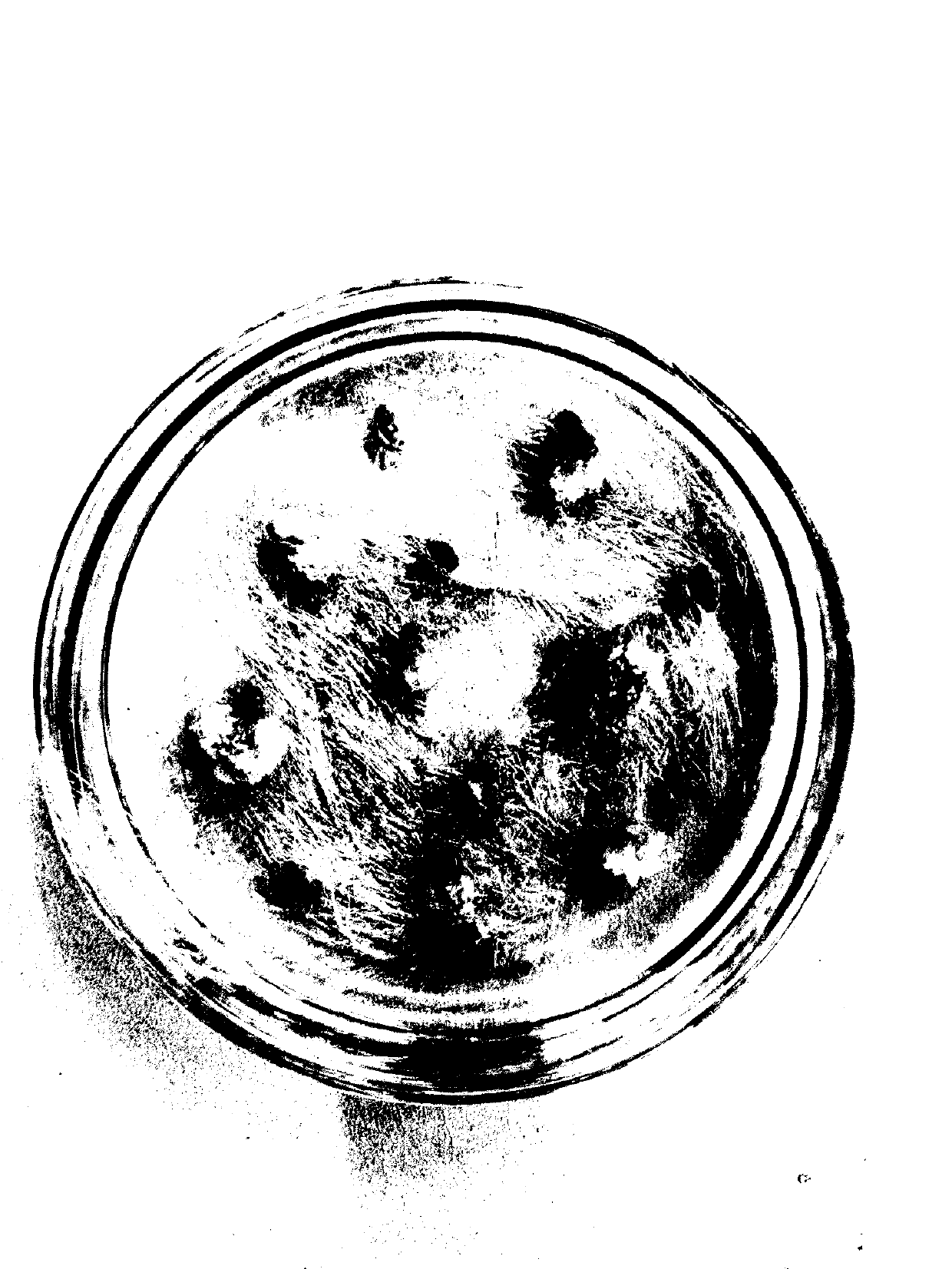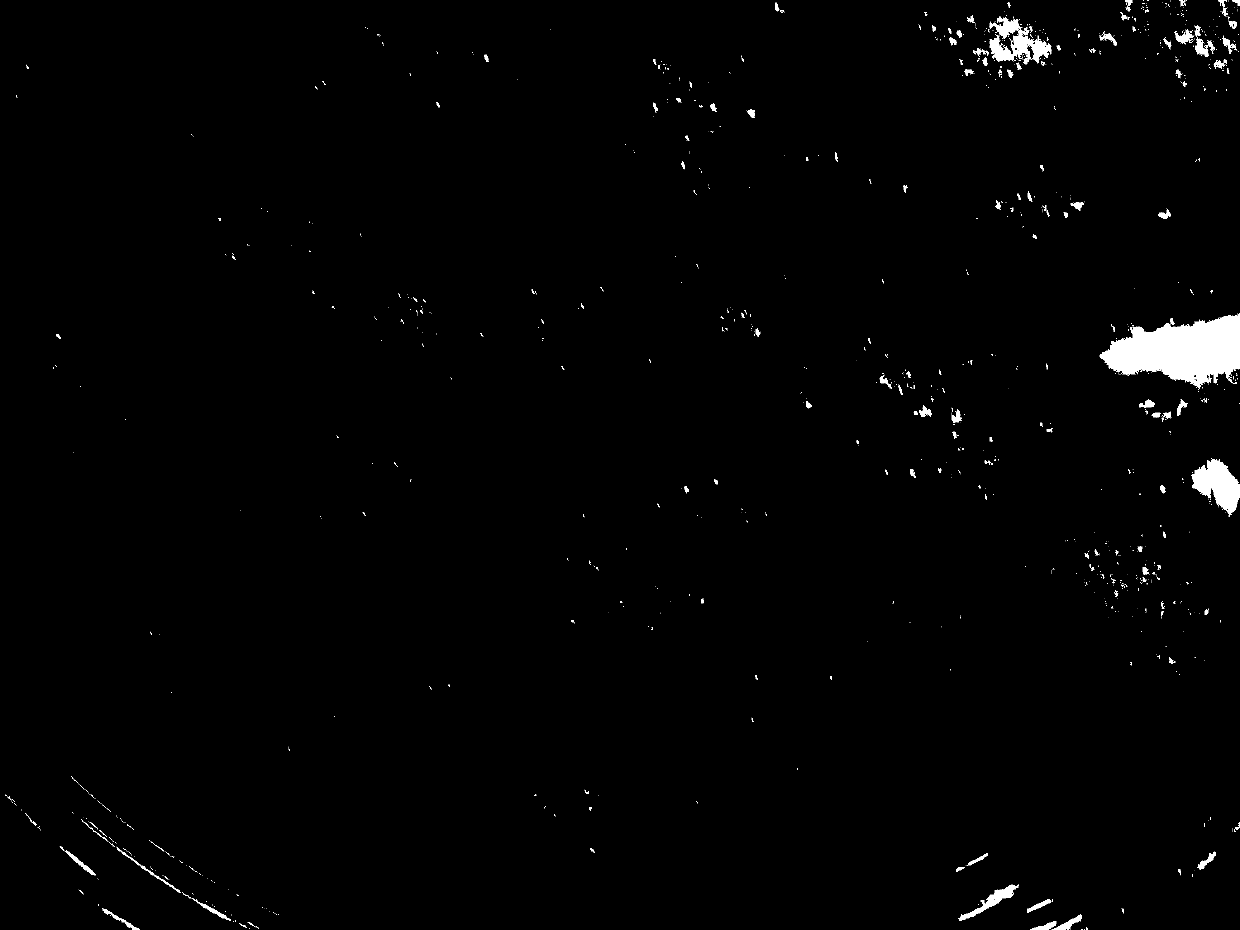Pinus massoniana embryogenic callus proliferation and maintenance culture method
An embryogenic callus, proliferation culture technology, applied in the field of forest tree reproduction, can solve the problems of difficulty in embryogenic callus induction, hindering somatic embryo seedling raising technology, and decreasing callus vigor, etc. Operational and instructive, proliferative effect
- Summary
- Abstract
- Description
- Claims
- Application Information
AI Technical Summary
Problems solved by technology
Method used
Image
Examples
Embodiment 1
[0030] The immature coniferous female gametophytes of Pinus massoniana zygotic embryos in the cleaved polyembryonic stage were used as explants. After conventional somatic embryo induction for 3 to 4 weeks, when the diameter of the embryogenic callus was ≥ 1 cm, the colorless, The transparent, water-free silken embryogenic cell mass and the female gametophyte were separated by conventional methods and used as embryogenic callus for proliferation and maintenance culture.
[0031] The isolated embryogenic callus was placed in a 90 mm diameter petri dish filled with medium I, and cultured in the dark for 4 weeks at a culture temperature of 20±0.5°C. The medium I mentioned is: modified DCR medium + 2,4-D 0.8 mg·L -1 + NAA2.0mg·L -1 + Meta-Topolin (MT) 1.0 mg·L -1 + sodium thiosulfate 135 mg·L -1 + Glutathione 100mg·L -1 + Inositol 100 mg·L -1 + Glutamine 500 mg·L -1 + Acid Hydrolyzed Casein 1000 mg·L -1 + sucrose 20000 mg·L -1 + Lactose 10000 mg·L -1 + Agar 4500 mg·L -1...
Embodiment 2
[0036] The immature coniferous female gametophytes of Pinus massoniana zygotic embryos in the cleaved polyembryonic stage were used as explants. After conventional somatic embryo induction for 3 to 4 weeks, when the diameter of the embryogenic callus was ≥ 1 cm, the colorless, The transparent, water-free silken embryogenic cell mass and the female gametophyte were separated by conventional methods and used as embryogenic callus for proliferation and maintenance culture.
[0037] The isolated embryogenic callus was placed in a 90 mm diameter petri dish filled with medium I, and cultured in the dark for 6 weeks at a culture temperature of 20±0.5°C. The medium I mentioned is: modified DCR medium + 2,4-D 0.8 mg·L -1 + NAA2.0mg·L -1 + Meta-Topolin (MT) 2.0 mg·L -1 + sodium thiosulfate 135 mg·L -1 + Glutathione 100mg·L -1 + Inositol 100 mg·L -1 + Glutamine 500 mg·L -1 + Acid Hydrolyzed Casein 1000 mg·L -1 + sucrose 20000 mg·L -1 + Lactose 10000 mg·L -1 + Agar 4500 mg·L -1...
Embodiment 3
[0042] The immature coniferous female gametophytes of Pinus massoniana zygotic embryos in the cleaved polyembryonic stage were used as explants. After conventional somatic embryo induction for 3 to 4 weeks, when the diameter of the embryogenic callus was ≥ 1 cm, the colorless, The transparent, water-free silken embryogenic cell mass and the female gametophyte were separated by conventional methods and used as embryogenic callus for proliferation and maintenance culture.
[0043] The isolated embryogenic callus was placed in a 90 mm diameter petri dish filled with medium I, and cultured in the dark for 5 weeks at a culture temperature of 20±0.5°C. The medium I mentioned is: modified DCR medium + 2,4-D 0.8 mg·L -1 + NAA4.0mg·L -1 + Meta-Topolin (MT) 2.0 mg·L -1 + sodium thiosulfate 135 mg·L -1 + Glutathione 100mg·L -1 + Inositol 100 mg·L -1 + Glutamine 500 mg·L -1 + Acid Hydrolyzed Casein 1000 mg·L -1 + sucrose 20000 mg·L -1 + Lactose 10000 mg·L -1 + Agar 4500 mg·L -1...
PUM
| Property | Measurement | Unit |
|---|---|---|
| Diameter | aaaaa | aaaaa |
Abstract
Description
Claims
Application Information
 Login to View More
Login to View More - R&D
- Intellectual Property
- Life Sciences
- Materials
- Tech Scout
- Unparalleled Data Quality
- Higher Quality Content
- 60% Fewer Hallucinations
Browse by: Latest US Patents, China's latest patents, Technical Efficacy Thesaurus, Application Domain, Technology Topic, Popular Technical Reports.
© 2025 PatSnap. All rights reserved.Legal|Privacy policy|Modern Slavery Act Transparency Statement|Sitemap|About US| Contact US: help@patsnap.com


